In January of 2017, the Section 508 Refresh was made official by the United States Access Board. So, what does this mean for you in the realm of healthcare? In a nutshell, if you are a healthcare provider who receives funds from the federal government (aka, Medicare), you must meet the website compliance standards set forth by this announcement. In addition, new rules regarding additional website compliance from the Americans with Disabilities Act will be released in 2018. Come next year, those who currently do not follow the guidelines from the ADA, WCAG 2.0, and Section 508 may be penalized.
Table of Contents
ToggleWhat it Means to be 508 Compliant
Section 508 of the Rehabilitation Act of 1973 states that federal agencies must provide software and website accessibility to people with disabilities. While the mandate only mentions federal agencies, a number of companies, even those that are not federally funded, have chosen to voluntarily be 508 Compliant.
Not only does this assist with user experience, it also acts as a preventative measure for any future federal changes. If you are in healthcare, it’s a wise decision to ensure all of your technological equipment is 508 Compliant, with strong emphasis on your web presence.
Web Content Accessibility Guidelines (WCAG 2.0)
WCAG 2.0 is a standard by which any company choosing to become 508 Compliant will model their website. The guidelines referenced in WCAG 2.0 require that a website is accessible for anyone, including individuals with any of the following disabilities or impairments:
- blindness
- low vision
- deafness
- hearing loss
- learning disabilities
- speech disabilities
- cognitive limitations
- movement limitations
Within this standard, there are 4 principles, each referencing an integral part of web content accessibility:
- Perceivable: Information on the site must be visible to all senses of any person.
- Operable: The interface on which you are building cannot require interaction that a specific user cannot perform.
- Understandable: No content on the site can be beyond a user’s understanding.
- Robust: Content must be able to be recognized by all assisting technologies, and mold and adapt to any changes in technology.
In addition, there are three levels of criteria (A, AA, and AAA). Currently, in order to maintain compliance, at least one of these levels must be met. However due to changes occurring in 2018, many suggest that AA will be the lowest level of compliance accepted.
What Do I Need to Change on My Medical Website to Comply?
This is the million dollar question. As mentioned above, there are no explicit statements mandating all websites to be compliant, nor are there specific requirements on what has to be changed. Having said that, taking the time to read the compliance documents will allow a deeper understanding of what to change and why.
In our next article on this topic, we will provide some guidance on the specific items needed to improve your website’s accessibility.
Reaching out
With a strong understanding of requirements and the approach needed, Practis can help you “check the boxes” and make your website more accessible, as well as strengthen your site for future mandates under an online marketing program.
Contact us to learn more about how to make your site WCAG 2.0 and Section 508 compliant.



